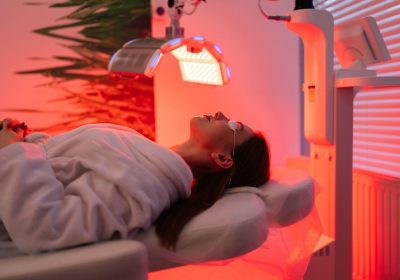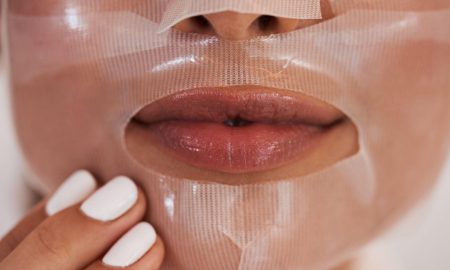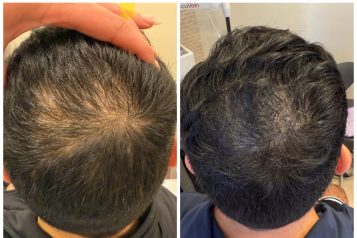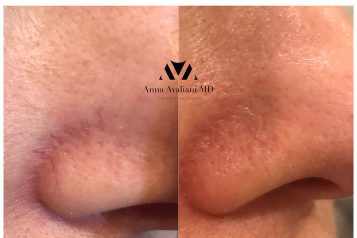Facelifts have long been associated with individuals in their 50s and beyond, seeking to reverse the more noticeable signs of aging. However, in recent years, a shift has occurred: more patients in their 40s, 30s, and even 20s are inquiring about (and undergoing) surgical facial rejuvenation procedures. So, what’s driving this trend, and is it really necessary?
 Photo Credit: Sofia Zhuravetc/Shutterstock
Photo Credit: Sofia Zhuravetc/Shutterstock
When Do Patients Typically Start Considering a Facelift?
Traditionally, most people began thinking about facelifts in their 50s or 60s. This age range made sense; skin laxity, deep wrinkles, and sagging jowls were more prominent, and surgical intervention offered dramatic, restorative results.
Today, however, many patients begin considering a facelift in their late 40s or early 50s, and a growing number are exploring the idea even earlier. This change is largely due to increased awareness of aesthetic treatments, refined surgical techniques that offer more natural-looking outcomes, and the desire to age proactively.
That said, the rise in patients seeking facelifts in their 20s is raising concern. Surgery at such a young age is often unnecessary and, in some cases, may lead to unnatural results by altering facial anatomy that has not yet experienced significant aging. These decisions should be made cautiously, with a strong focus on whether the procedure is truly needed.
Why Are Younger Patients Interested in Facelifts?
For younger individuals, the motivation isn’t necessarily about reversing aging, it’s often about preventing it. Common concerns include:
- Early sagging of the skin
- Deepening smile lines
- Formation of jowls
- Mild laxity in the neck area
In many cases, these concerns are driven by genetic predisposition, premature skin aging, or the desire to maintain a youthful appearance for as long as possible. Some younger patients see a facelift as a way to "stay ahead" of the aging process. While this proactive mindset can be valid, it’s important to evaluate whether surgical intervention is the right approach at a younger age or whether it may create the need for more frequent procedures over time.
Are There Non-Surgical Alternatives?
Absolutely. Many younger patients benefit from less invasive treatments that can effectively address early signs of aging without surgery. Options include:
- Neuromodulators like Botox, Dysport, or Xeomin to relax facial muscles and reduce fine lines
- Dermal fillers to restore lost volume and enhance facial contours
- Laser resurfacing treatments to improve skin texture, tone, and tightness
- Suture lifts (or thread lifts), which offer subtle facial lifting with minimal downtime
These alternatives allow younger patients to maintain a refreshed appearance while avoiding the risks and recovery associated with surgery.
How Do Lifestyle Choices Impact Facial Aging?
Lifestyle plays a significant role in how the skin ages. Preventative measures, such as wearing sunscreen daily, maintaining a consistent skincare routine, staying hydrated, eating a balanced diet, avoiding smoking, and getting regular exercise, can delay visible signs of aging.
These habits help preserve skin elasticity and firmness, often reducing or postponing the need for surgical interventions like facelifts.
Are Younger Patients Good Candidates for Facelifts?
While some younger patients with specific concerns or genetic predispositions may be appropriate candidates, most individuals under 40 can achieve their goals through non-surgical treatments. Facelifts performed too early in life can lead to a cycle of repeat surgeries, unnecessary anatomical changes, and the risk of unnatural results.
When performed before truly needed, a facelift can remove or tighten skin that doesn’t yet require intervention, sometimes creating an appearance that is too tight or "overdone." It’s important to approach facial surgery with careful planning and realistic expectations, especially for younger patients.
The growing trend of younger patients seeking facelifts reflects a shift in how we view aging and beauty. While modern facelift techniques can offer remarkable results, they are best reserved for individuals whose facial anatomy truly warrants surgical correction.
For those interested in exploring whether a facelift or a less invasive alternative is right for them, consult with board-certified plastic surgeon Dr. Sachin Shridharani. Reach out today to schedule a personalized consultation and take the first step toward a confident, youthful future.
For more information, visit Sachin Shridharani, MD, FACS's social media:





















